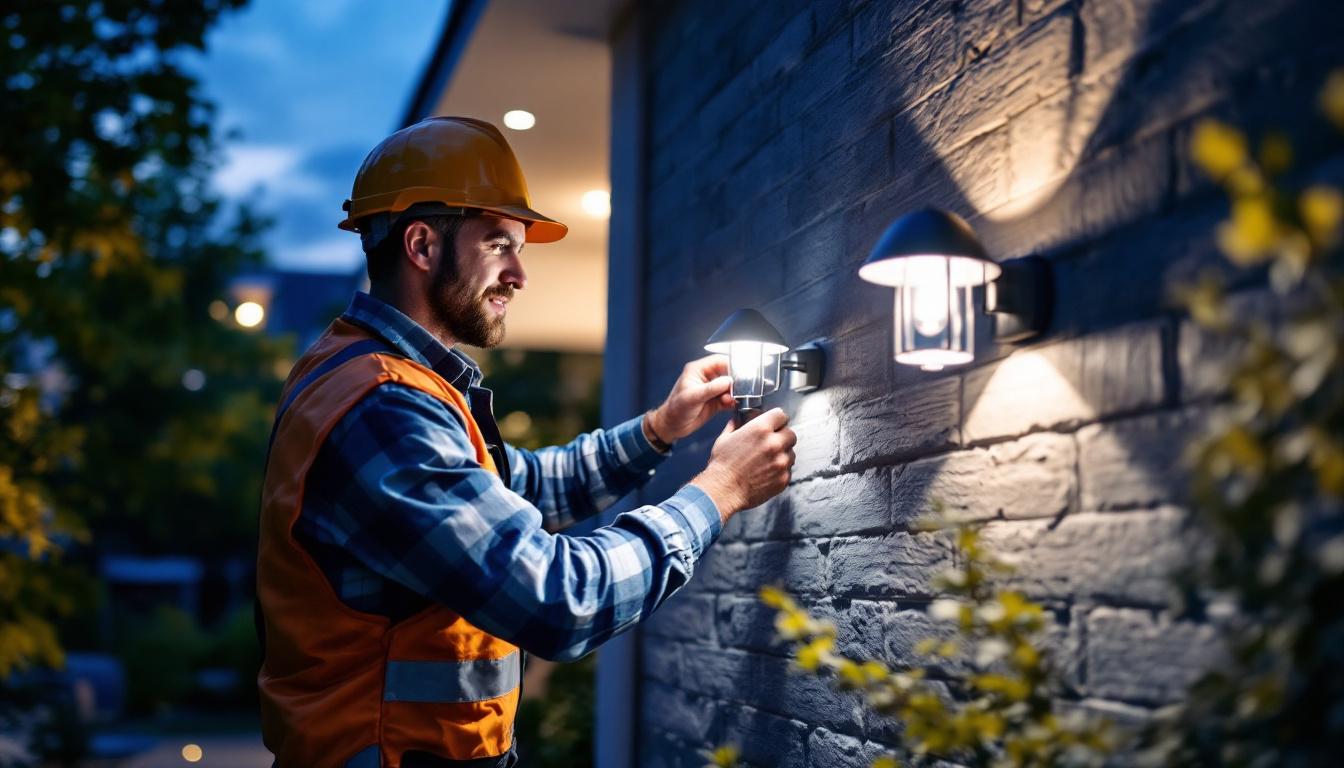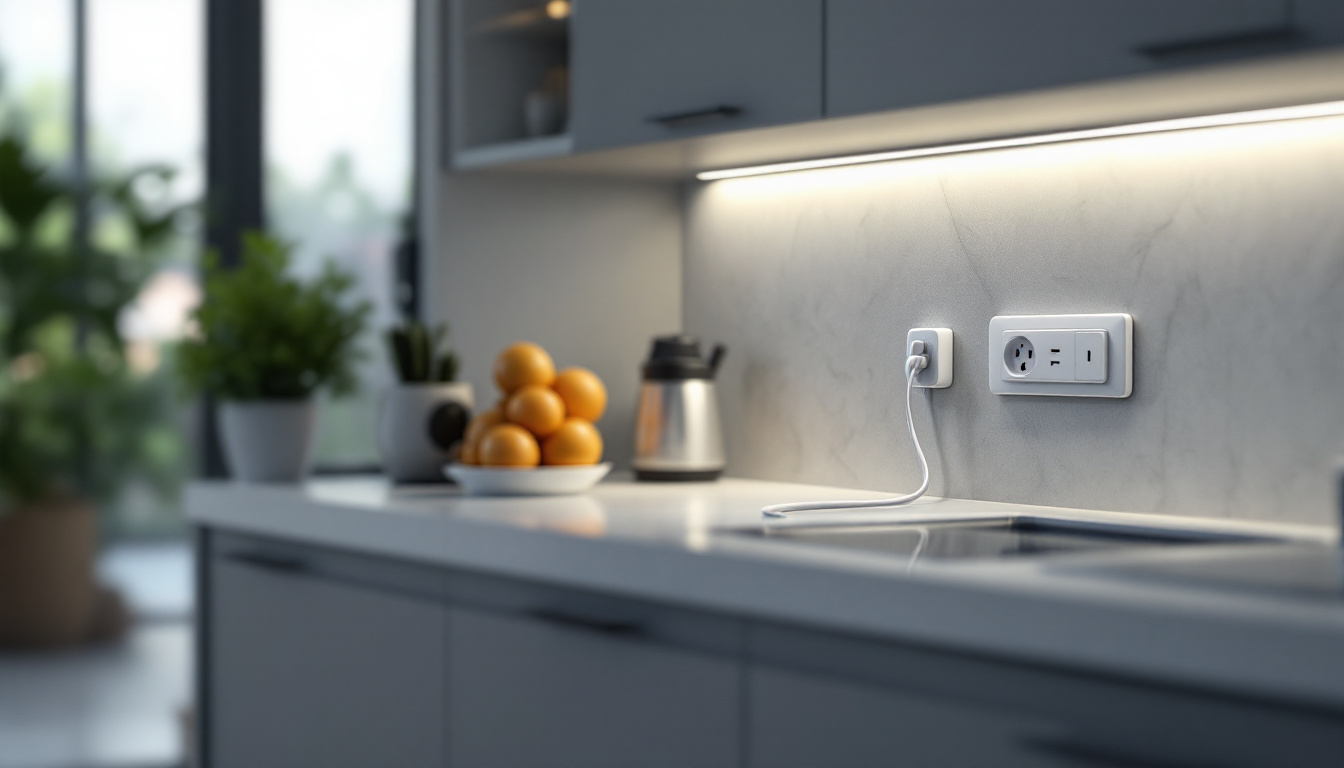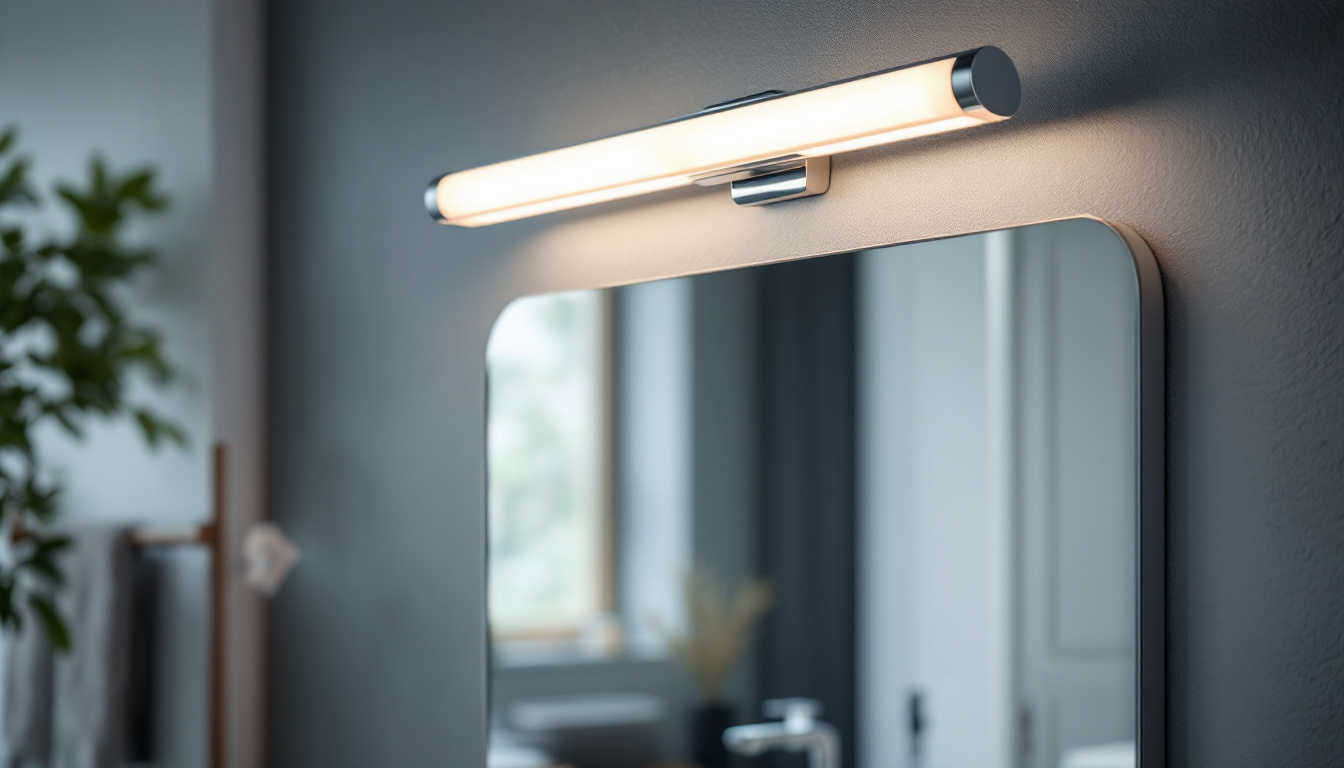
Lighting projects can be a complex undertaking, especially when it comes to implementing LED up lighting. While LED technology offers numerous advantages, including energy efficiency and versatility, there are common pitfalls that can lead to costly mistakes. This article aims to guide lighting contractors through the essential aspects of LED up lighting, ensuring successful project execution while avoiding common errors.
LED up lighting is a powerful tool in the arsenal of lighting contractors. It enhances architectural features, creates ambiance, and highlights landscapes or events. However, to harness its full potential, one must understand the technology and its applications.
LED up lighting refers to the technique of directing light upwards to illuminate walls, trees, or other structures. This method creates a dramatic effect, enhancing the visual appeal of spaces. The use of LEDs in this context allows for a range of colors and intensities, making it a versatile choice for various settings, from residential to commercial.
In addition to its aesthetic benefits, LED up lighting can also be strategically employed to draw attention to specific architectural elements or landscape features. For instance, illuminating a textured stone wall can create depth and intrigue, while highlighting a grand tree in a garden can transform the outdoor space into a magical retreat at night. The versatility of LED fixtures allows for creative installations that can adapt to the unique characteristics of any environment.
One of the primary advantages of LED up lighting is its energy efficiency. LEDs consume significantly less power compared to traditional lighting sources, leading to lower energy bills and a reduced carbon footprint. Additionally, LEDs have a longer lifespan, which means fewer replacements and maintenance costs over time.
Moreover, the ability to change colors and adjust brightness levels provides flexibility in design. This adaptability is particularly beneficial for events or seasonal displays, allowing for a dynamic lighting experience that can be tailored to specific themes or moods. For example, during a wedding, soft white or pastel hues can create a romantic atmosphere, while vibrant colors can energize a corporate event or party. The programmable features of many LED systems enable seamless transitions and effects, enhancing the overall experience for guests and attendees.
Furthermore, the compact size of LED fixtures allows for discreet installations, making them ideal for both indoor and outdoor applications. Unlike traditional lighting, which can be bulky and intrusive, LED up lights can be integrated into various settings without detracting from the overall design. This means that homeowners and businesses can enjoy the benefits of enhanced lighting without compromising their aesthetic vision. Additionally, many modern LED fixtures are designed to be weather-resistant, making them suitable for outdoor use in a variety of climates, ensuring that their beauty and functionality endure through the seasons.
Despite the benefits, many contractors encounter challenges when implementing LED up lighting. Understanding these common mistakes can help avoid costly setbacks and ensure a smoother project flow.
One of the most significant errors in lighting projects is insufficient planning. A well-thought-out design is crucial for achieving the desired lighting effect. Contractors should take into account the specific needs of the space, including the height and texture of surfaces to be illuminated, as well as the overall ambiance desired.
Failing to create a comprehensive lighting plan can lead to uneven lighting, shadows, or over-illumination, which detracts from the intended aesthetic. Utilizing design software can aid in visualizing the project and making necessary adjustments before installation. Moreover, engaging with clients during the planning phase is essential; understanding their vision and preferences can lead to a more tailored approach that meets their expectations. Incorporating feedback loops can also help refine the design, ensuring that all parties are aligned before moving forward.
Another frequent mistake is selecting inappropriate fixtures for the project. Not all LED fixtures are created equal; they vary in terms of brightness, beam angle, and color temperature. Choosing the wrong fixture can result in ineffective lighting that fails to meet the client’s expectations.
It’s essential to match the fixture to the specific application. For instance, a narrow beam angle may be suitable for highlighting architectural details, while a wider beam may be better for general illumination. Understanding the unique characteristics of each fixture will help contractors make informed decisions that enhance the overall lighting design. Additionally, considering the color rendering index (CRI) of the fixtures can significantly impact how colors appear under the light, which is especially important in settings like galleries or retail spaces where color accuracy is paramount.
Installation is a critical phase in any lighting project. Neglecting details such as proper placement, alignment, and securing of fixtures can lead to operational issues down the line. For example, fixtures that are not securely mounted may shift over time, altering the intended lighting effect.
Additionally, ensuring that fixtures are installed at the correct height and angle is vital for achieving the desired illumination. A thorough installation checklist can help contractors avoid these pitfalls and ensure that every detail is addressed. Furthermore, it’s beneficial to conduct a post-installation review, where the lighting can be tested in various conditions to assess its performance. This step not only helps in identifying any immediate adjustments needed but also provides an opportunity to gather client feedback, which can be invaluable for future projects. Proper documentation of the installation process can also serve as a reference for maintenance or upgrades down the line, ensuring the longevity of the lighting system.
To mitigate the risks associated with LED up lighting projects, contractors should adhere to best practices that promote efficiency and effectiveness. These guidelines can help ensure that projects are completed on time and within budget.
A comprehensive site assessment is the foundation of any successful lighting project. This assessment should include an evaluation of the existing conditions, such as the layout, architectural features, and surrounding environment. Understanding these factors will inform the design and help identify potential challenges.
During the assessment, contractors should also consider the client’s vision and preferences. Engaging with clients to understand their expectations can lead to a more tailored and satisfactory outcome.
Investing in high-quality LED fixtures and components is essential for long-term success. While it may be tempting to opt for lower-cost options, inferior products can lead to increased maintenance and replacement costs, ultimately affecting the project’s profitability.
Contractors should source products from reputable manufacturers that offer warranties and support. This not only ensures reliability but also reflects positively on the contractor’s reputation in the industry.
Integrating smart technology into LED up lighting projects can enhance functionality and user experience. Smart lighting systems allow for remote control, scheduling, and automation, providing clients with greater flexibility and convenience.
Moreover, these systems can contribute to energy savings by allowing for precise control over lighting levels and schedules. Educating clients about the benefits of smart technology can also position contractors as forward-thinking professionals in the industry.
Budgeting is a critical aspect of any lighting project. A well-planned budget not only ensures that the project stays on track financially but also helps in avoiding unexpected costs that can arise during execution.
Accurate cost estimation is essential for successful project management. Contractors should consider all aspects of the project, including materials, labor, and any additional expenses such as permits or inspections. It’s advisable to create a detailed budget breakdown to provide clarity and transparency to clients.
Additionally, including a contingency fund for unforeseen expenses can help mitigate financial risks. This proactive approach will foster trust with clients and demonstrate professionalism.
Effective communication with clients regarding budgeting is crucial. Contractors should provide clear explanations of costs and the rationale behind them. This transparency can help manage client expectations and reduce the likelihood of disputes over expenses.
Regular updates on budget status throughout the project can also keep clients informed and engaged, fostering a positive working relationship.
Once a lighting project is completed, conducting a post-project evaluation is beneficial for both contractors and clients. This process can identify successes and areas for improvement, contributing to future project success.
Soliciting feedback from clients is an invaluable practice. Understanding their satisfaction levels and any concerns they may have can provide insights into the project’s effectiveness. This feedback can also highlight areas where the contractor excelled or where adjustments could be made in future projects.
Encouraging clients to share their experiences can also lead to referrals and positive word-of-mouth, which is essential for business growth.
Contractors should take time to reflect on the project execution process. Analyzing what worked well and what didn’t can inform future practices and enhance overall project management skills. This self-assessment can lead to improved efficiency and effectiveness in subsequent projects.
Documenting lessons learned can also serve as a valuable resource for future teams, ensuring that knowledge is shared and utilized effectively.
LED up lighting presents a wealth of opportunities for lighting contractors, but it is essential to approach projects with careful consideration and planning. By understanding the technology, avoiding common mistakes, adhering to best practices, and maintaining open communication with clients, contractors can ensure successful project outcomes.
Ultimately, the key to a successful LED up lighting project lies in the details. From thorough site assessments to quality product selection and effective budgeting, every aspect contributes to the overall success of the project. By implementing these strategies, contractors can not only avoid costly mistakes but also enhance their reputation and grow their business in the competitive lighting industry.
Ready to elevate your LED up lighting projects with the highest quality products at unbeatable prices? Look no further than LumenWholesale for a vast selection of spec-grade lighting solutions. Say goodbye to inflated markups and hello to superior performance and reliability for all your lighting needs. With free shipping on bulk orders, LumenWholesale is your go-to source for premium lighting without the premium price tag. Make the smart choice for your business and experience the best value in wholesale lighting today.

Discover the key challenges lighting contractors face when installing external house lights, from design complexities to weather-related issues.

Discover the essential insights lighting contractors need to know about exit signs, from compliance standards to innovative design trends.

Discover the rising significance of under cabinet lights and power strips in modern lighting solutions.

Discover essential insights for lighting contractors on selecting and installing vanity lights.